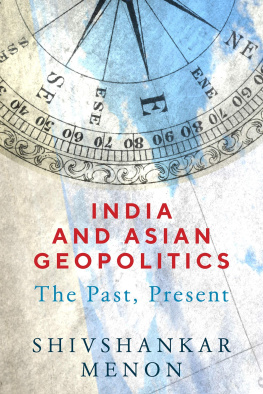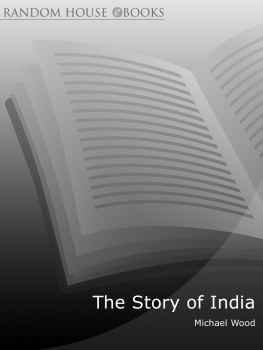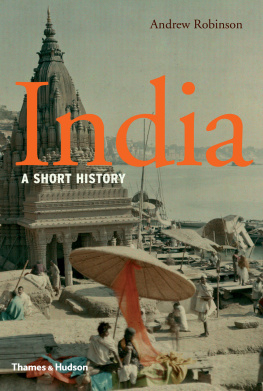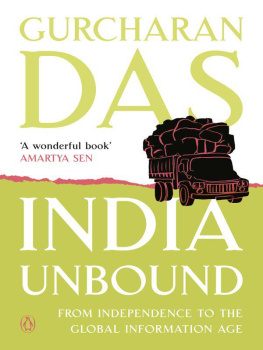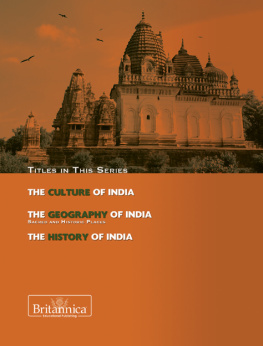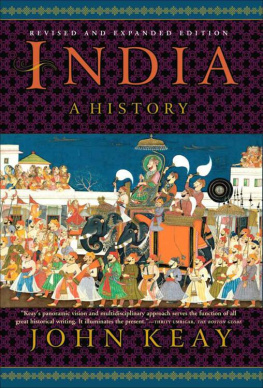THE HISTORY OF INDIA
UNDERSTANDING INDIA
THE HISTORY OF INDIA
EDITED BY KENNETH PLETCHER, SENIOR EDITOR, GEOGRAPHY AND HISTORY

Published in 2011 by Britannica Educational Publishing
(a trademark of Encyclopdia Britannica, Inc.)
in association with Rosen Educational Services, LLC
29 East 21st Street, New York, NY 10010.
Copyright 2011 Encyclopdia Britannica, Inc. Britannica, Encyclopdia Britannica, and the Thistle logo are registered trademarks of Encyclopdia Britannica, Inc. All rights reserved.
Rosen Educational Services materials copyright 2010 Rosen Educational Services, LLC.
All rights reserved.
Distributed exclusively by Rosen Educational Services.
For a listing of additional Britannica Educational Publishing titles, call toll free (800) 237-9932.
First Edition
Britannica Educational Publishing
Michael I. Levy: Executive Editor
J.E. Luebering: Senior Manager
Marilyn L. Barton: Senior Coordinator, Production Control
Steven Bosco: Director, Editorial Technologies
Lisa S. Braucher: Senior Producer and Data Editor
Yvette Charboneau: Senior Copy Editor
Kathy Nakamura: Manager, Media Acquisition
Kenneth Pletcher: Senior Editor, Geography and History
Rosen Educational Services
Alexandra Hanson-Harding: Editor
Nelson S: Art Director
Cindy Reiman: Photography Manager
Matthew Cauli: Designer, Cover Design
Introduction by Laura LaBella
Library of Congress Cataloging-in-Publication Data
The history of India / edited by Kenneth Pletcher. 1st ed.
p. cm. (Understanding India)
In association with Britannica Educational Publishing, Rosen Educational Services.
Includes bibliographical references and index.
ISBN 978-1-61530-201-7 (eBook)
1. IndiaHistory. 2. IndiaSocial conditions. I. Pletcher, Kenneth.
DS436.H593 2010
954dc22
2009052823
Manufactured in the United States of America
On the cover:The Taj Mahal is located in the city of Agra, Uttar Pradesh, India. www.istockphoto.com
Back cover:The Temple at Khajuharo, India, is a UNESCO World Heritage Site. www.istockphoto.com/Keith Molloy
Pages:Detail of Akbar tames the Savage Elephant, Hawai, outside the Red Fort at Agra, miniature from the Akbarnama of Abul Fazl, c.1590 (gouache on paper) Victoria & Albert Museum, London, UK/The Bridgeman Art Library/Getty Images
CONTENTS











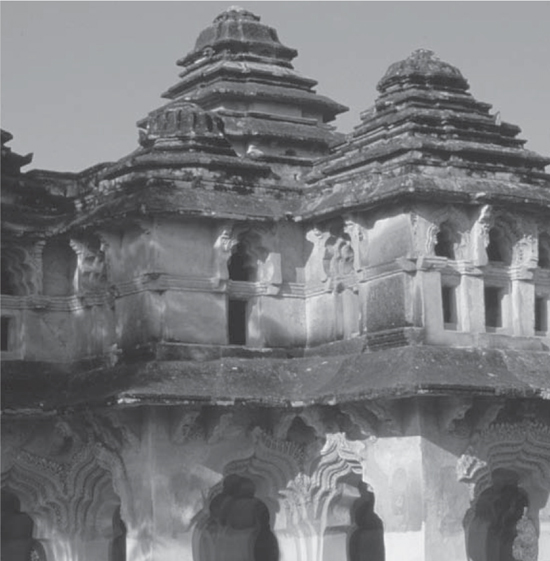


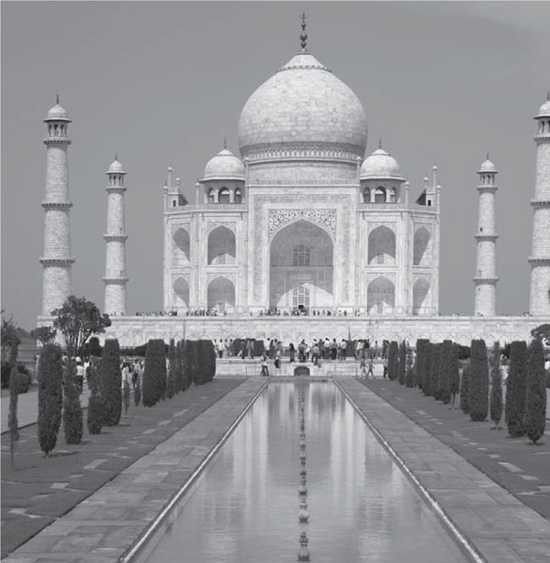


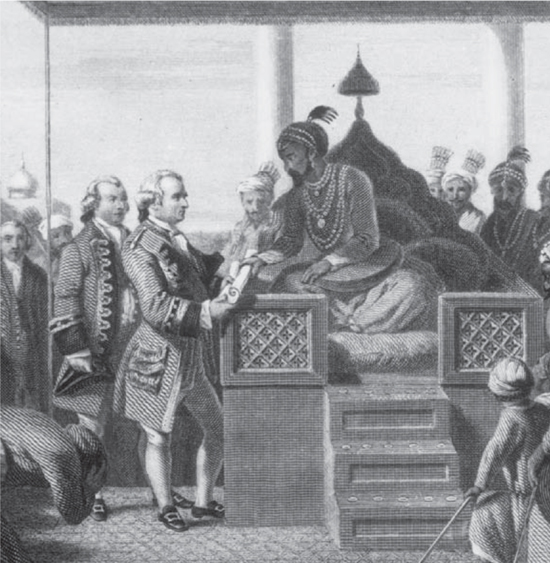

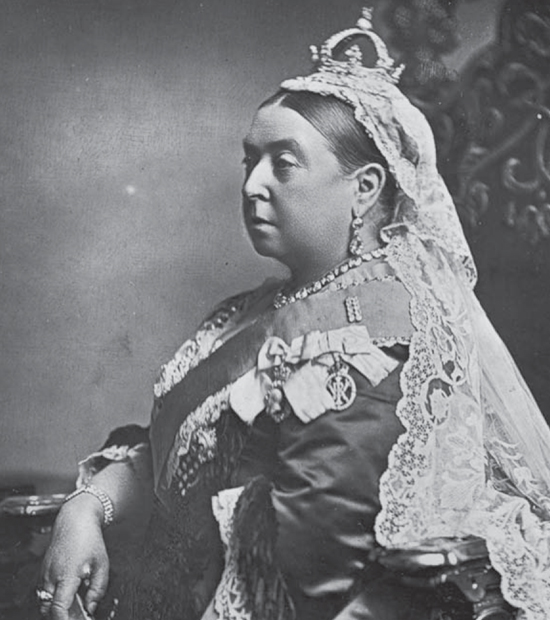
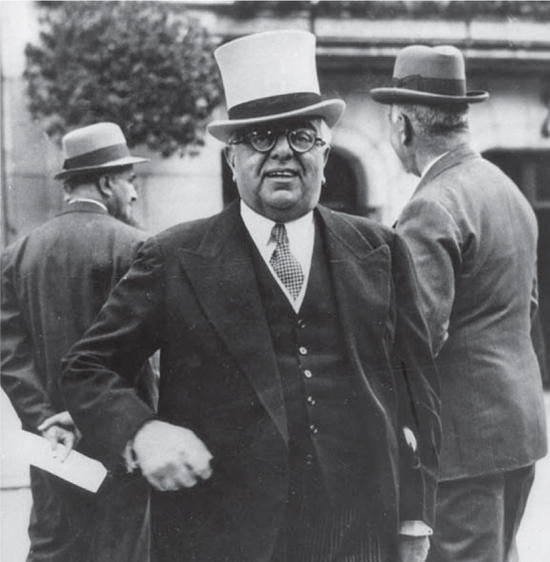

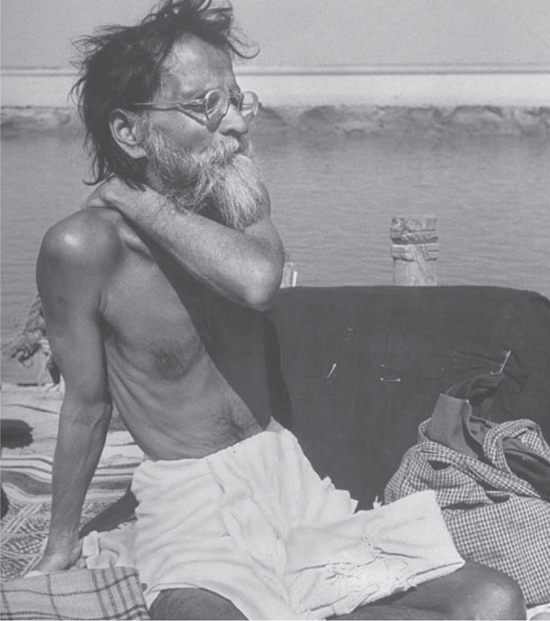
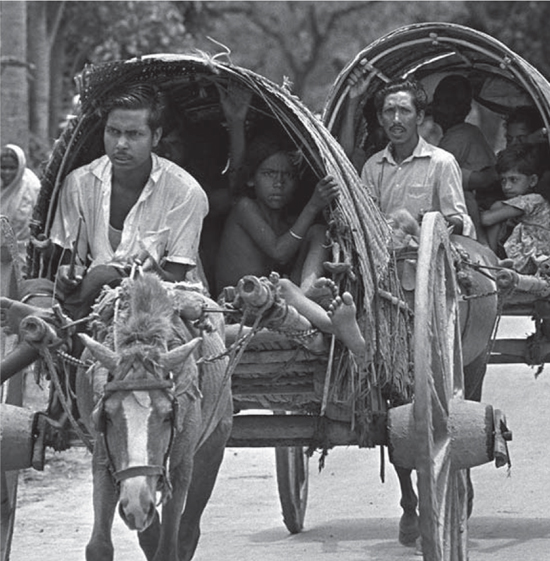
INTRODUCTION

Mohandas K. Gandhi with poet Sarojini Naidu, 1930. Popperfoto/Getty Images
T o outsiders, India is an exotic land, steeped in ancient culture and spirituality. But to focus solely on these often-applied attributes is to ignore the true depth and diversity that make India the rich, vibrant country it is today. India is the second-most populous nation in the world and also the worlds largest functioning democracy. It is the birthplace of two major religionsBuddhism and Hinduismas well as the homeland of Sikhism and Jainism. Over the centuries the subcontinent has endured numerous struggles, not only over religion, but also for self-rule and economic equality. Some of those struggles continue today, but India has nonetheless managed to emerge as a major global force. As readers explore Indias long history they will come to understand these struggles.
The writer Mark Twain once said, India is the cradle of the human race, the birthplace of human speech, the mother of history, the grandmother of legend, and the great grandmother of tradition. Tradition is a key word in this statement. No matter how modern India has become, its traditions have always defined and formed the foundation of this vast nation. Tradition is what has held the country and its people together for thousands of years, despite great differences of religion, language, and socioeconomic status.
Most Indian people practice one of six different religions. They speak hundreds of dialects of 16 officially recognized languages. They are divided into several social castes and thousands of different sects. Yet the traditions that have been passed down for centuries have managed to weave their way through society, politics, and virtually every other aspect of life on the subcontinent.
Hundreds of years of foreign invasion and rule have also left their mark on India and its people. Despite the fact that India is bordered by the massive Himalayas on the north, this barrier was neither high enough nor daunting enough to keep out invaders over the centuries. Those invasions began around 1500 BCE, when the Aryans from Central Asia displaced the Indus valley civilization that had been in existence for a thousand years. Gradually, the Aryans spread their influence throughout the region, creating the Vedas and the first literary records of Indias cultures.
Next page



